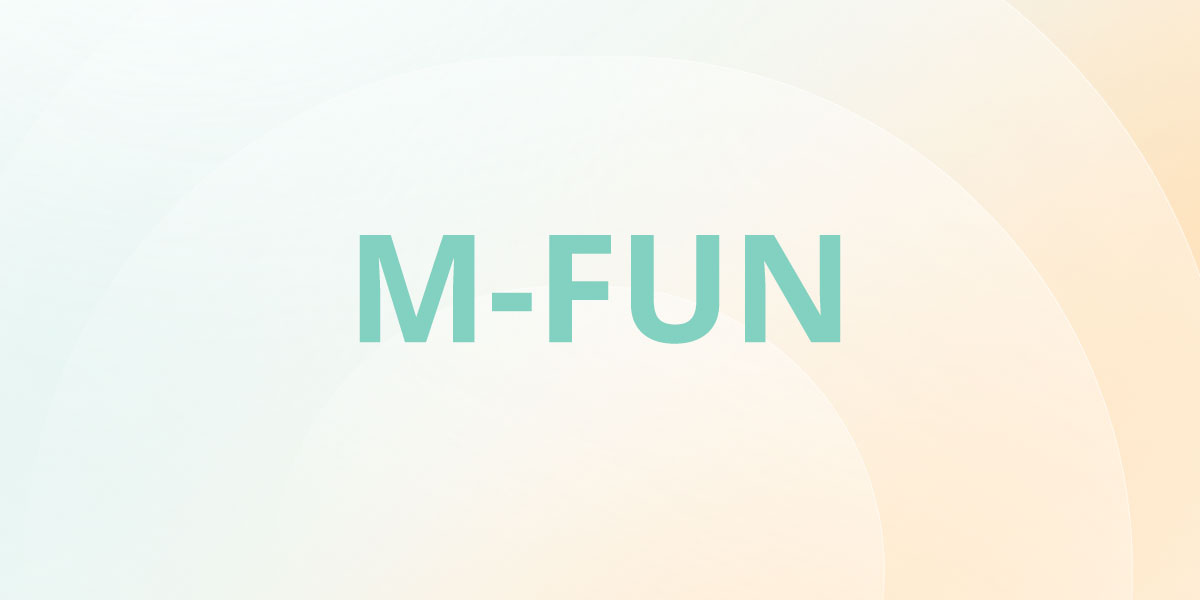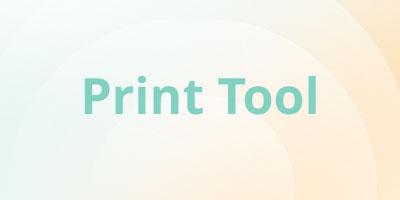Blog
Valuable info on pediatric SLP, OT and PT methods for therapists, along with some musings and tales of an OT's career that we're sure you'll be able to relate to.
Latest articles
Want to write your evals faster than ever before?
Answer questions and Double Time Docs automatically generates your narrative report.
Learn More































